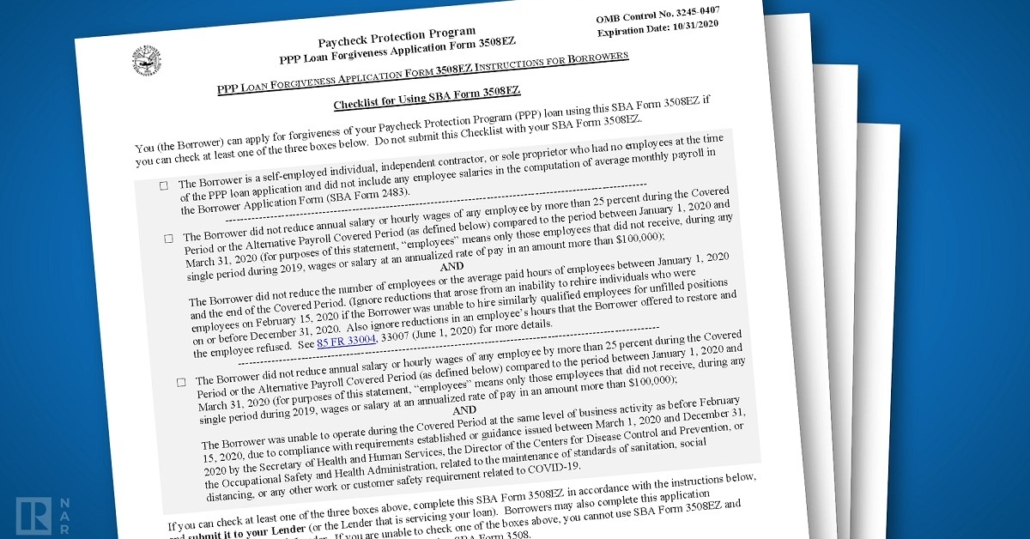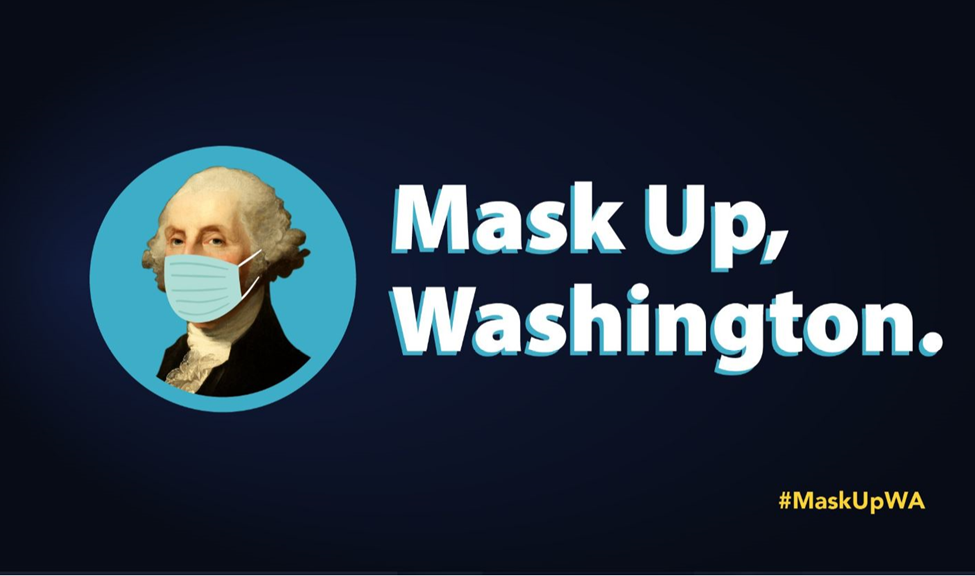
“Steering” is the practice of influencing a buyer’s choice of communities based upon one of the protected characteristics under the Fair Housing Act, which are race, color, religion, gender, disability, familial status, or national origin. Steering occurs, for example, when real estate agents do not tell buyers about available properties that meet their criteria, or express views about communities, with the purpose of directing buyers away from or towards certain neighborhoods due to their race or other protected characteristic. If a client requests a “nice,” “good,” or “safe” neighborhood, a real estate professional could unintentionally steer a client by excluding certain areas based on his or her own perceptions of what those terms means.
Despite being illegal under the Fair Housing Act, a recent investigation conducted by the newspaper Newsday has shown that steering continues to be pervasive. Newsday had real estate agents show properties to one white tester and one minority tester (either African American, Hispanic, or Asian) with similar housing needs and financial capabilities. The investigation revealed that in 24% of cases, the real estate agents directed the white tester into differing communities from the minority testers, suggesting evidence of steering.
The following best practices will help you steer clear of steering:
- Provide clients with listings based on their objective criteria alone.
- When a client uses vague terms such as “nice,” “good,” or “safe,” ask impartial questions to clarify their criteria, such as property features and price point.
- Only communicate objective information about neighborhoods and direct clients to third-party sources with neighborhood-specific information.
- Learn to pay attention to your unconscious biases. When evaluating what a client objectively wants, ask yourself why you have eliminated certain areas, if you have.



